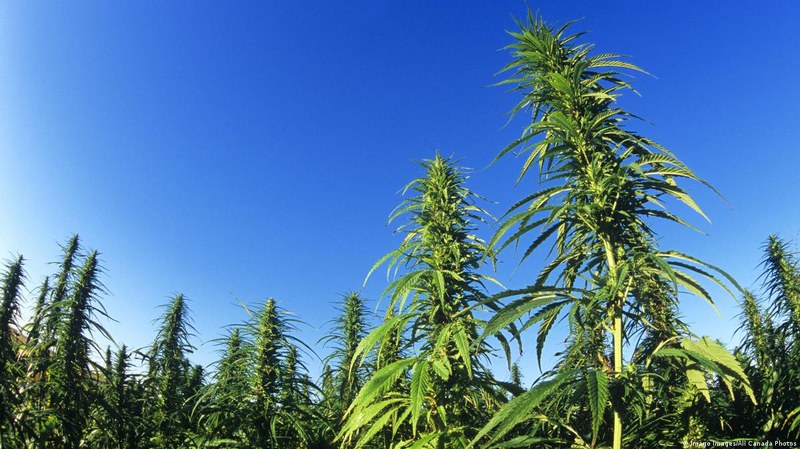The hemp

Hemp (Cannabis sativa L.) is one of the oldest annual crops in the world. This plant probably originated in the temperate parts of Asia. The cultivation spread throughout Asia, reaching Europe around 2000–1000 BC. The hemp fibers were found to be durable and were used in the making of clothing, sail and paperery. Early copies of the Bible were made of hemp paper. Oils extracted from hemp seeds were used for cooking and cosmetics, and hemp extracts were used to treat a wide range of diseases. Without hemp, Christopher Columbus would never have been able to discover the New World. The sails and ropes of his three ships were made of hemp.
The widespread industrial use of hemp continued until the mid-20th century. From then on, in most countries, hemp cultivation disappeared or was interrupted for decades as a result of competition with cotton and synthetic fibres, high production costs and a ban on cultivation due to the use of marijuana (C. Indica) as a narcotic. Only in Eastern Europe, the former Soviet Union and China has a major hemp industry that survived.
Industrial hemp contains the cannabinoid tetrahydrocannabinol (THC) and cannabidiol (CBD). To prevent the cultivation of drug cannabis among industrial hemp crops, an upper limit of 0.3% (dry weight based) concentration of THC was established in Europe.
Currently, there are about 75 hemp cultivars that can be grown in Europe, including types of hemp that are grown by fiber, seed, CDB, or dual purpose.
Source: European Commission
Share: